IBM research scientists have unveiled the world’s smallest memory unit. Able to store one bit of information, the device comprises just twelve magnetic atoms assembled one atom at a time using a scanning tunnelling microscope.
Current storage technology has advanced according to a trend dubbed "Moore’s Law" (after Intel founder Gordon Moore) which postulates a doubling of memory storage density (bits/unit area) every 18 months. Hard disks store one bit using around a million atoms, while the solid state memory typical of portable devices such a smart phones requires around 1.6 million.
"We as an industry have been following for many years this trend [Moore’s Law] where we incrementally decrease the size of [transistors] each year. We’ve jumped to the ultimate end…to build structures one atom at a time," Andreas Heinrich, a physicist at IBM Research – Almaden, in California said.
"In this breakthrough…we have stored magnetic information [one bit] using only 12 atoms."
The atomic-scale memory device works by aligning the magnetic "spin" properties of all 12 atoms in one direction to represent a "1" and the opposite direction for a "0". The aligned group can’t interfere with adjacent aligned groups and the alignment is maintained "for hours", according to the company.
IBM demonstrated the ability to pack adjacent magnetic bits much closer together than was previously possible thus greatly increasing the storage density.
IBM’s development is unlikely to be seen in a consumer electronics product anytime soon. Changing the state of the memory device from a "0" to a "1" requires the services of the scanning tunnelling microscope that was used to construct the memory in the first place.
Sources inside the lab also noted that the 12-atom memory device only works at very low temperatures and a room temperature-functioning equivalent actually requires around 100 atoms. IBM has said nothing about commercialising the technology.
Current memory storage for portable products is dominated by flash, a non-volatile (ie able to store information without requiring power) solid state memory. Consistent development of the technology has led to chips that are able to store up to 16 gigabits.
While the expected trend as a factor of two every three years (as per original version of Moore’s law), this has recently been accelerated in the case of NAND flash to a factor of two every two years.
However, as the chip features are now approaching dimensions as small as 20 nanometers (billionths of a metre) quantum physical barriers threaten to limit further shrinkage. Manufacturers are exploring density increases by adopting innovative manufacturing techniques such as 3-D stacking of transistors.
Flash memory chips are cheap and plentiful and available to the Australian electronics sector via suppliers such as element14 and RS Components.


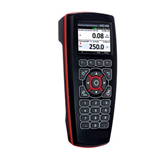




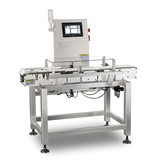
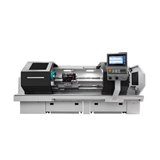
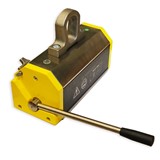
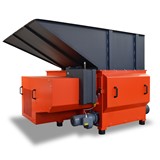

-160x160-state_article-rel-cat.png)



-160x160-state_article-rel-cat.png)


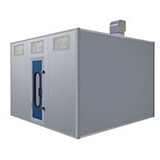
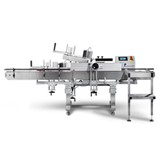
-160x160-state_article-rel-cat.png)
